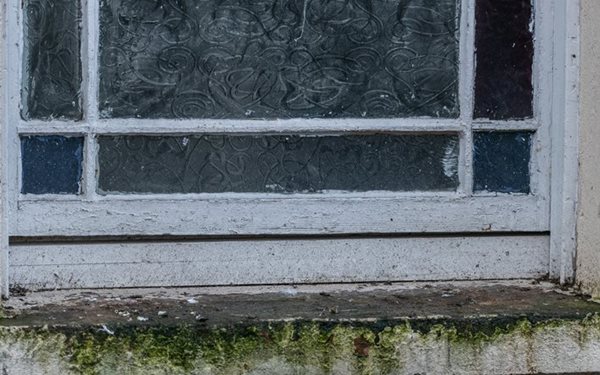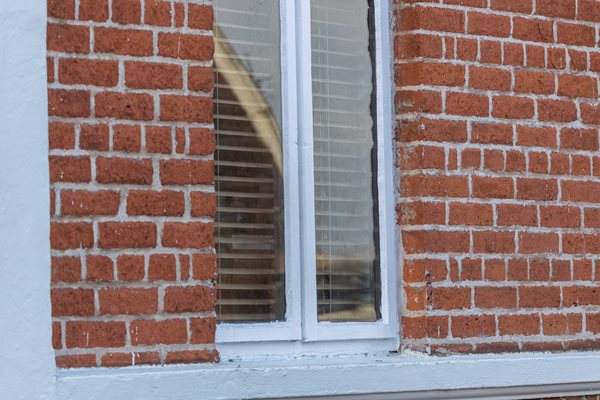
Timber sash and case windows are typically found on historic buildings. Timber windows have proven to be very durable if maintained. Often original timber is of higher quality than modern timber, so traditional windows can be repaired and exceed the lifespan of modern alternatives. The removal of original period features and replacement with modern alternatives will have a detrimental effect on the appearance and quality of the building.
General maintenance should include the regular inspection of external paintwork, putty, cills, joints and timber. Usually problems occur where damage allows water to gather and penetrate the wood. Areas of soft timber indicate decay and need for repair. Windows and doors facing the prevailing wind are likely to weather more quickly.
To prevent timber decay regular repainting should be carried out. Flaking paint should be removed before applying a new coat of paint. As any professional painter will tell you, good preparation is the secret of a good job. Be aware of lead paint which may be harmful when removing from surfaces. Any cracks or open joints should be filled to protect the timber from water and stop decay. Where necessary, it may be possible to replace a section of rotten wood with new wood, this is called ‘splicing’. Sash cords and weights should be inspected. Any areas of missing putty should be replaced with an appropriate putty and profile.
Old glass, including crown or cylinder types, differ significantly from modern forms. Old glass is often valued for its colour and texture; and can make a surprisingly important contribution to the character of windows and should be retained.
Original doors are important features of historic buildings. Removal and replacement with mass produced substitutes significantly alters the character and value of the property. Wherever possible, original door furniture such as handles, locks and letterboxes should be retained, restored and reinstated.
This approach to maintenance and repair of doors and windows is not only the best approach for conservation of historic character, it will in most cases be more cost effective than like for like replacement.
Check for defects such as:
- Areas of wetting
- Damp patches
- Flaking and peeling paint
- Missing putty or slips
- Open joints
- Broken/damaged cords
- Wet rot or soft wood

